MORE BIODIVERSITY IN URBAN AREAS – Biodiversity enhancements in our own gardens - Part 3 - Natural care, Result, Reflections
You have to re-green mindscapes, to re-green landscapes (Tony Rinaudo, Right Livelihood Preisträger, 2018)
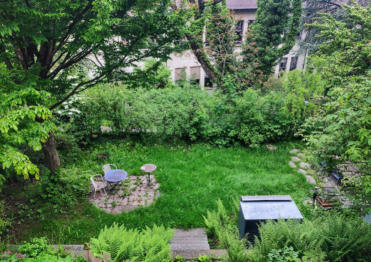
5 Natural Care - Less is more
Near-natural care is a site-appropriate and ecologically sound management of green spaces based on natural models. This means that meadows, parks and gardens are cared for in such a way that they offer diverse and site-appropriate habitats for plants and animals and promote biodiversity, structural diversity and habitat networking. In view of climate change, biodiversity loss and urbanisation, the near-natural maintenance of green spaces is becoming increasingly important. This form of maintenance contributes to the sustainable development and design of urban and rural green spaces. In the case of shrub plantings and wild hedges, extensive, selective pruning is carried out, whereby the entire woody area is never cut at the same time, so that retreats and wintering quarters for birds and insects are preserved. Small structures such as deadwood, cairns as well as piles of branches and leaves can be integrated into the areas with smaller and larger woody plants to create and network new habitats for small and micro animals. A biodiverse design principle with different types of vegetation, border structures, flowering times or height levels of the planting can additionally promote diversity. The use of herbicides, fungicides, insecticides and mineral fertilisers is avoided; instead, compost, biomass (clippings, leaves) or other organic fertilisers are used. This renunciation protects soil organisms and water bodies and promotes a healthy ecosystem in green spaces in the long term. Another central principle of near-natural care is to disturb the soil as little as possible. Digging or milling is largely avoided in order to protect the soil structure and soil organisms. From an ecological point of view, near-natural care can improve the microclimate in cities and settlement areas, promote water retention in the soil through dense planting and greening, and stabilise the vegetation structure in the long term. In near-natural care, the aim is not to achieve a "finished" state, but to create a developmental system with natural dynamics, which is adapted over time according to care. In order to avoid misunderstandings regarding natural disorder, information work, such as signage, information flyers, campaigns, targeted training courses and courses, can promote public acceptance of near-natural facilities and more biodiversity. The reduced care effort can also lead to lower care costs in the medium term.
5.1 Natural care of the flower lawn
 Pic 11 - Goal: Flower lawn
Pic 11 - Goal: Flower lawn
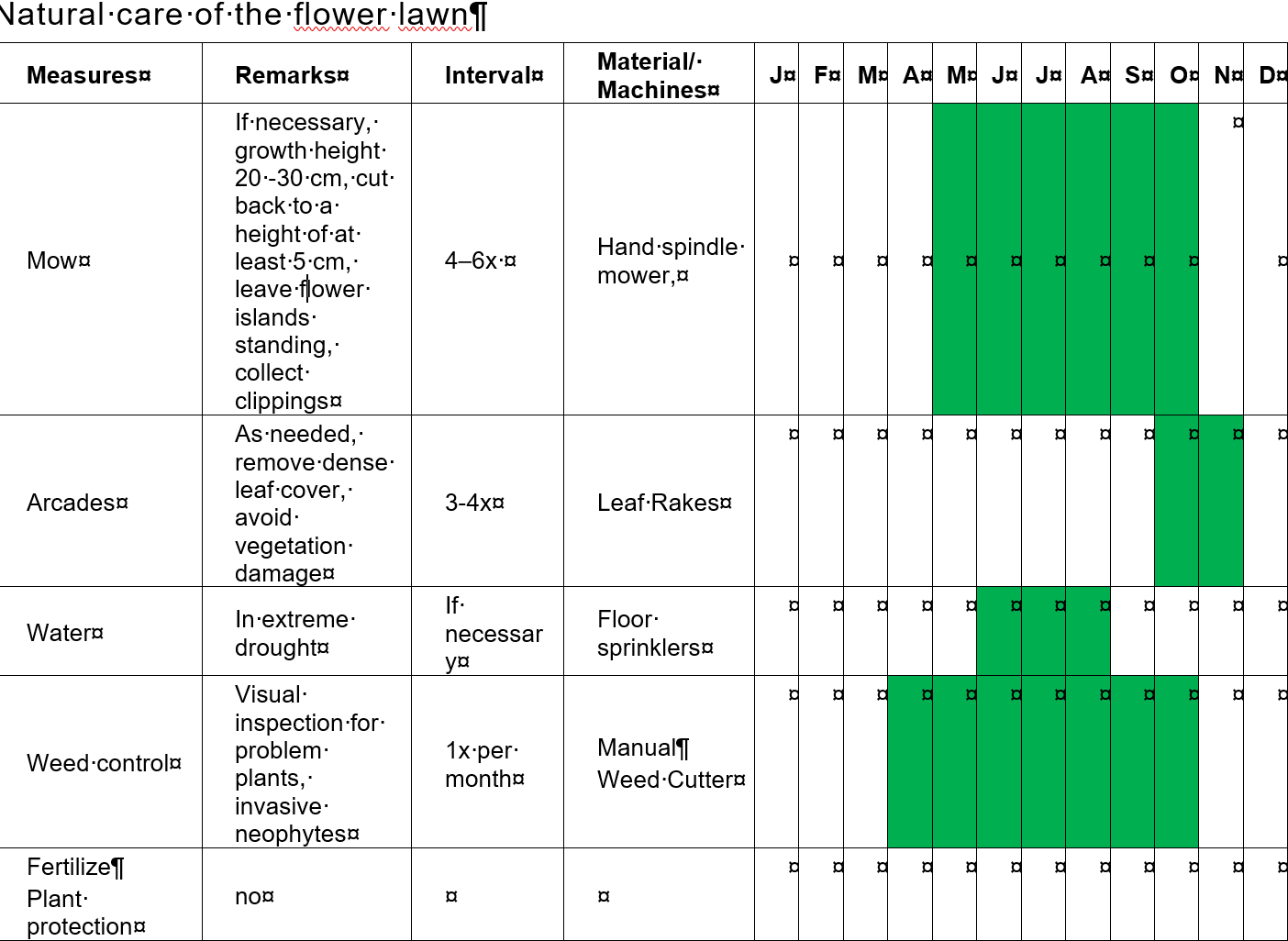 Tab 5 - Maintenance plan for flower lawns
Tab 5 - Maintenance plan for flower lawns
In the future, the flower lawn will only be mowed with a raised manual cylinder mower if necessary or at a height of 30 cm (maximum 4-6 times per year). In order to ensure a quick recovery of the various wild herbs and wildflowers, care is taken to ensure a cutting height of at least 5 cm when mowing. In order to protect the germinating and flowering vegetation of the flower lawn from being trampled on during events at the back of the garden, the accesses to the seating areas and the barbecue area are kept short throughout the year. If the entire area is mowed, some flower islands are left standing to provide retreats for insects and small animals, and to ensure the seeding and spread of wild plants. To prevent too many nutrients from getting into the already very nutrient-rich soil, the clippings are removed and added as mulch material in other areas (kitchen garden, shrub / perennial planting). In autumn, the leaves of the surrounding trees are removed from the area to avoid vegetation damage. The collected material is piled up into piles of leaves or distributed as mulch material in the shrub planting. The area in question is only irrigated in extremely dry conditions during the summer months. Since the soil is already very rich in nutrients according to the existing vegetation or non-existent vegetation (flowering plants), fertiliser is not added. Plant protection products are not used to maintain and promote the plant community. Undesirable weeds and problem plants (blackberries, professional weed, narrow-leaved ragwort) are removed manually and selectively during regular inspections of the flower lawn (approx. 1x per month).
In the future, the flower lawn will only be mowed with a raised hand-cylinder mower if necessary or if it has a height of 30 cm (no more than 4-6 times a year). Care is taken to ensure a cutting height of at least 5 cm to support the recovery of the wild herbs and flowers. In order to protect the germinating and flowering vegetation during events, access to seating and barbecue areas will remain short.
When mowing the entire area, some flower islands are left standing to provide retreats for insects and small animals and to ensure the spread of wild plants. The clippings are removed and used as mulch material in the kitchen garden or in shrub and perennial plantings to avoid excess nutrients.
In autumn, the leaves are removed to prevent vegetation damage and piled up to pile up leaves or spread as mulch. The area is only irrigated during extreme drought during the summer months. Since the soil is already rich in nutrients, there is no fertilization and no pesticides are used. Unwanted plants are removed manually during monthly inspections.
5.2 Near-natural care of perennials
 Pic 12 - Goal: Perennials
Pic 12 - Goal: Perennials
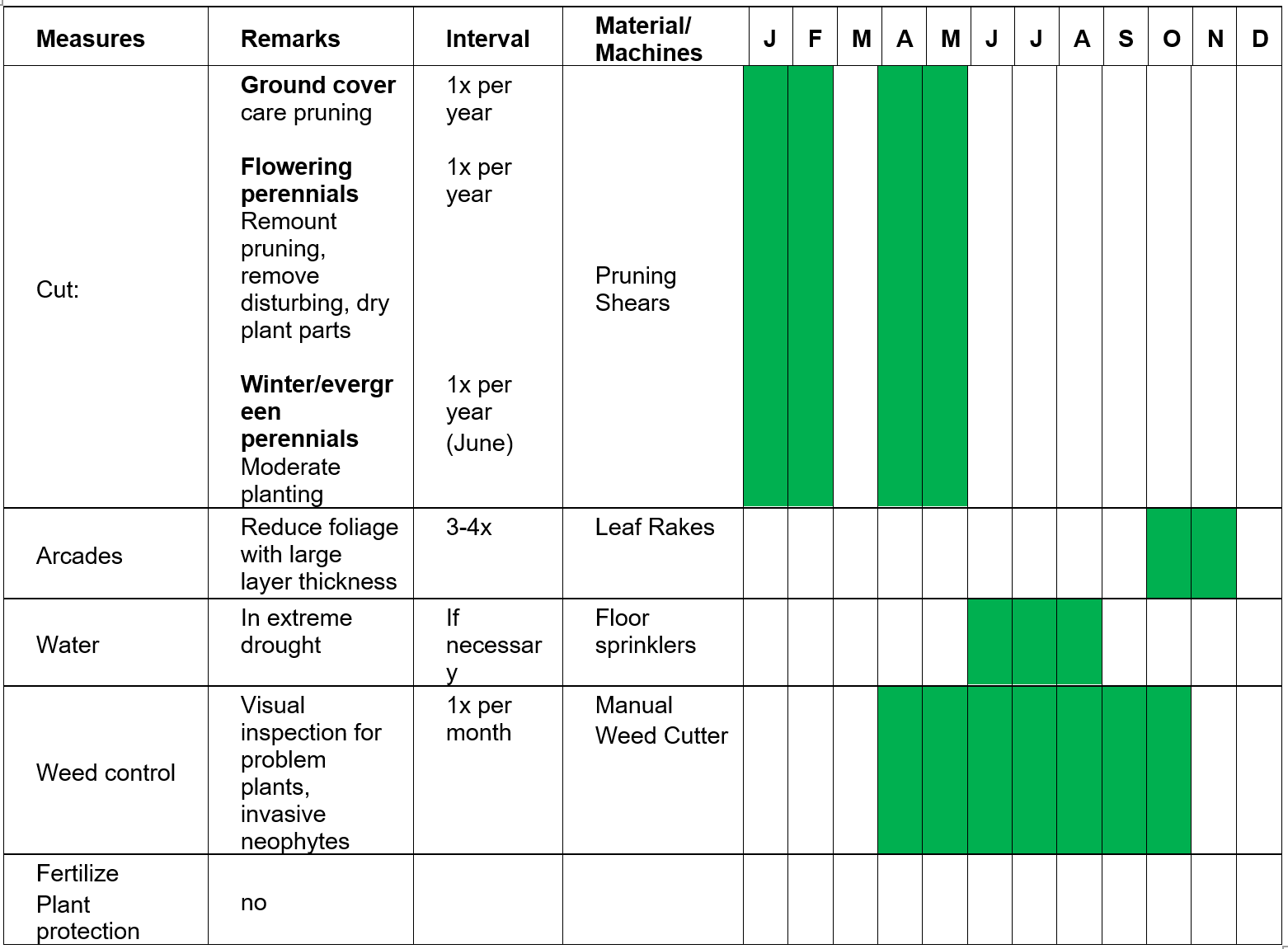 Tab 6 - Maintenance plan for perennials
Tab 6 - Maintenance plan for perennials
In the case of near-natural, extensive care, the dynamic dispersal behaviour of certain target species is taken into account and, if necessary, controlled. The more dynamism is allowed in a perennial planting, the more care is optimised. The cleaning cut in winter is carried out when the ground is frozen, before the geophytes sprout (January – February). If structure-forming perennials are left standing over the winter, this improves the aesthetic effect and offers valuable food sources and retreats for insects and birds. Evergreen (or evergreen) perennials should only be cut back if they are severely damaged by frost or snow. Early sprouting plants are pruned in early summer. This reduces the height of the planting, delays flowering into autumn and prevents the lower areas of the perennials from baring out in autumn. Some early bloomers can be brought to a second flowering with a remount pruning. The clippings are reduced in size and left at the bottom of the planting area for humus formation and nutrient return. In autumn, the fallen leaves of the surrounding trees are left as natural mulch material (foliage management with leaf-swallowing perennials). This closes the nutrient cycle and promotes soil formation. The underplanting of the shrub planting is checked with regular inspections for unwanted weeds, root weeds and problem plants (dandelion, blackberries, professional weed, narrow-leaved ragwort). These are removed / cut out 1x a month when discovered, at the latest during flowering or before seeding, including roots. However, it should only be maintained from the point in time when a distinction can be made between unwanted wild herbs (spontaneous growth) and desired perennials.
5.3 Natural care of shrub planting
 Pic- 13 Goal: Shrub planting
Pic- 13 Goal: Shrub planting
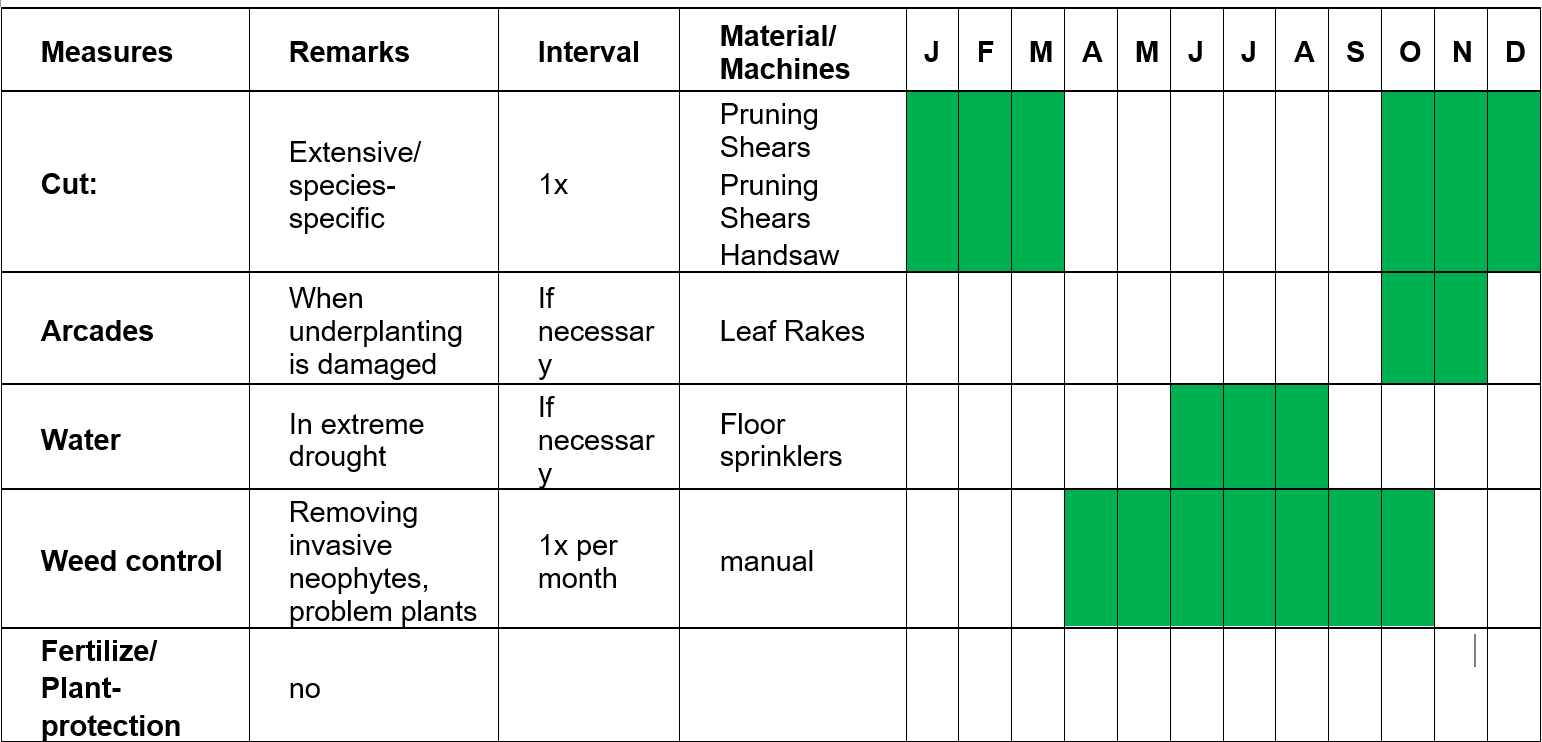 Tab 7 - Maintenance plan for shrub planting
Tab 7 - Maintenance plan for shrub planting
In the first 3-5 years, the new shrub planting is generally not pruned in order to promote natural growth of the individual shrubs. During this period, only dead and diseased shoots are removed to prevent and contain diseases. In the following years, moderate thinning/maintenance pruning is carried out during the vegetation break (early spring). Old shoots that do not correspond to the natural habitus of the plant are removed. This promotes the sprouting of new shoots, increases the flowering pleasure of the individual shrubs and ensures good air circulation inside the plant. Care is taken to ensure that flowered inflorescences and fruits are left standing in order to provide a rich food supply for the birds and insects even in winter. Pruning is always carried out at the base of the shoot, and no cones are left standing. When cutting, only sharp and clean equipment (secateurs, pruning shears, hand saw) is used, and care is taken not to injure other shoots. Pruning work is carried out with protective gloves to reduce the risk of injury from spikes and thorns and to prevent poisoning (e.g. daphne). The resulting leaves are left on the area in autumn, as long as there is no damage to the underplanting. Regularly (1x per month) the area of biodiverse shrub planting is checked for problem plants and invasive neophytes, and these are disposed of properly. No fertiliser is added and no pesticides are used.
5.4 Near-natural maintenance of the small structures
 Pic- 14 Goal: Small structures
Pic- 14 Goal: Small structures
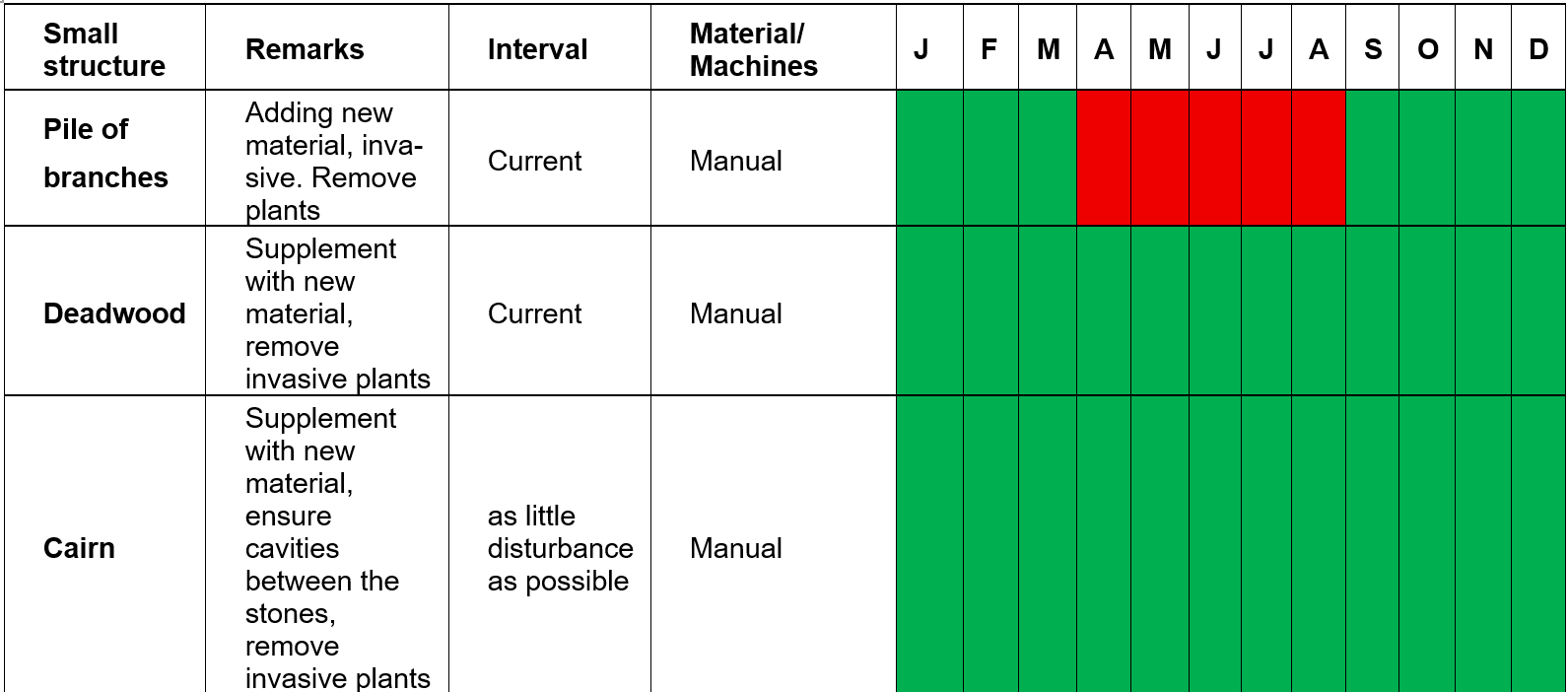 Tab 8 - Maintenance plan for small structures
Tab 8 - Maintenance plan for small structures
Cluster of branches - A properly laid out pile of branches can largely do without maintenance. To preserve the structure of the pile of branches, it is supplemented with woody clippings from the garden on top. The pile will not be rearranged in order to protect the existing residents. Between November-March (wintering of many animals) and July/August (egg-laying of reptiles), the pile of branches is only gently maintained. The pile is regularly checked for the growth of problem plants and invasive neophytes, and removed by hand and disposed of properly.
Deadwood - The lying deadwood is constantly replenished with material (excavated rootstocks, pieces of tree trunks), and otherwise left to its own devices. Care is taken to ensure that deadwood that has already been colonized is not moved or moved, so as not to destroy fungal networks and delicate insect stages. The deadwood is regularly checked for the growth of problem plants and invasive neophytes, and removed by hand and disposed of properly.
Cairn – The populated cairn remains largely untouched so that the animals can keep their hiding places. Only rarely is it supplemented with larger and smaller stones, which were excavated during digging work in the garden. If the cairn is shaded too much by the surrounding shrubs, they are cut back so that enough sunlight reaches the pile. Occasionally, the pile is checked for stability, as roots and frost can move stones. A slumped pile of stones should be piled up again outside of the animals' activity time. The cairn is regularly checked for the growth of problem plants and invasive neophytes, and removed by hand and disposed of properly.
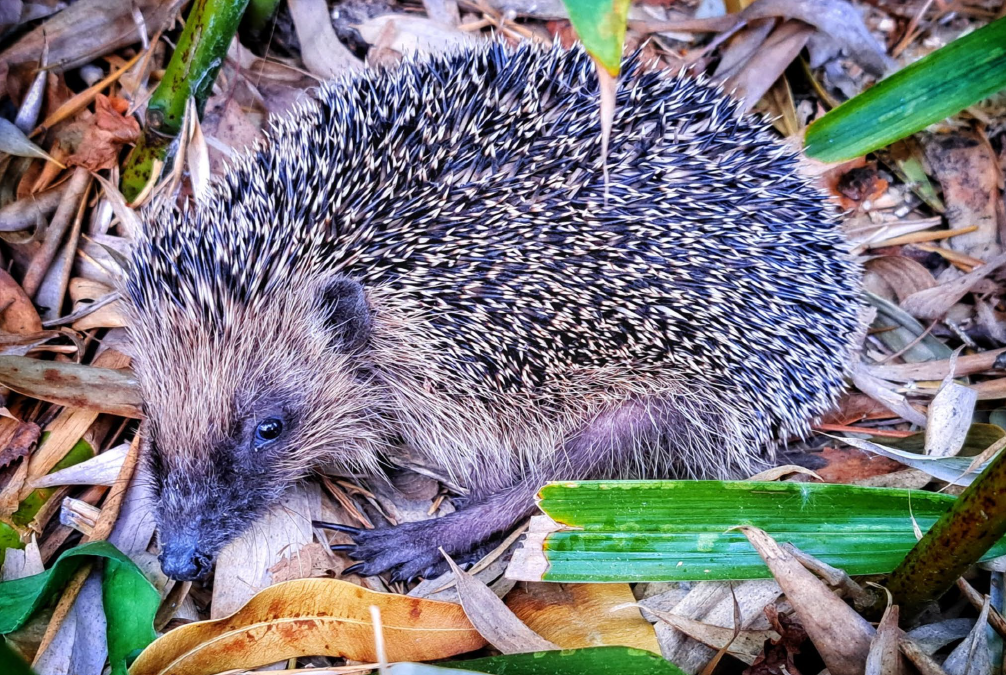 Pic 15 - Hedgehog in the garden on Affolternstrasse
Pic 15 - Hedgehog in the garden on Affolternstrasse
6 Result
The project "More biodiversity in settlement areas" describes in detail the measures taken to improve the ecological value of the garden on Affolternstrasse in Zurich Oerlikon. It shows how biodiversity in urban areas can be promoted through targeted interventions and near-natural care. The garden is upgraded by removing plants that are not suitable for the site and replacing them with native shrubs, perennials and wildflowers. Attention is paid to ecological and sustainable design that improves both the habitats for flora and fauna and the quality of life of the inhabitants.
A central aspect is near-natural care, which is based on the natural conditions of the location. By dispensing with chemical fertilisers and pesticides and integrating small structures such as piles of branches, deadwood and piles of stones, a healthy and diverse ecosystem is created. Extensive care, such as selective pruning and the preservation of inflorescences and fruits, promotes natural dynamics and reduces the maintenance effort in the long term.
The transformation of the utility lawn into a flower lawn and the underplanting of the shrub planting with native perennials help to increase the ecological value of the garden. These measures not only provide habitats for insects, birds and small animals, but also improve the microclimate and soil quality. The targeted selection of plant species adapted to local conditions ensures sustainable development of the garden.
The project shows how simple but targeted measures can transform a small urban garden into an ecologically valuable habitat. It underlines the importance of biodiversity in settlement areas and the role of near-natural care as a contribution to climate protection and sustainable urban development. The residents of the apartment building thus make an important contribution to the promotion of ecological diversity and set an example for the integration of nature conservation into everyday urban life.
7 Reflection
Have I learned anything from the last work? Have I now learned anything for the next work of this kind? I don't know.
This time I started, early in my opinion. Shortly after the turn of the year, I started to collect information regarding the upgrading and maintenance of near-natural vegetation profiles, to evaluate them and to write a final thesis. I also wrote an overview plan regarding the project work to be written before writing, but then changed it several times. And as it can sometimes go, two weeks before the deadline I reconsidered the structure concept I had pursued so far and finally completely revised it, or rolled up the project work from scratch.
Suddenly, the available space in my garden for a biodiverse wild hedge seemed too small to me, and I began to focus on biodiverse shrub planting. So I have planted just 14 different, small and medium-sized shrubs, whereby a wild hedge has to be expected with a multiple of that. Then, after planting the new trees, I suddenly saw a lot of space and soil between the native shrubs. That's when I came up with the idea of a self-compiled perennial mixture as an underplanting of the new shrub planting. I then created this (see appendix), but I haven't gotten much further than the tabular compilation. So I still lack the sign of a planting pattern, as well as the purchase and planting of the wild perennials. I came up with the idea of creating my own wild perennial mixture during lessons in the specialist plant knowledge and the elective module "Natural maintenance in settlement areas" (BP-W22), and I was able to read up on another exciting topic and write new texts for it.
So my project work has filled up steadily. In the end, I got quite stressed and sweaty. Again, the project work seemed to have already been written in my head, but could only slowly and after several changes put what I had thought on paper in the right words. Maybe I just need pressure to move forward.
In a technical sense, I have noticeably improved in my use of the WORD and POWERPOINT programs. So I was able to add visible subtitles in the table of contents almost immediately, and also in the back row easily readable slidesIn which I guess I have learned again to use the program WORD and a little better, because my last written work was already about 10 years in the past. And I learned to use AI assistance, but also that you can't trust it 100% yet. For example, I had my soil analysis analysed by her, where I discovered deviating values from time to time. More I used it as a gigantic Wikipedia and thought aid. Not as a 100% copy+paste system, because I have learned that checking the facts and information provided is just as time-consuming as searching for them and compiling them on the World Wide Web. And I probably prefer to write my things myself, in my own words.
And I am also aware in this project work that my written work, according to the given specifications, has become a little too long. But in the end, I didn't have the heart to eliminate such painstakingly sweating information again and withhold it from future readership. And I would have liked to have written in more detail
Pictures
(Pic 11) - Target image: flower lawn, Focus-N, ZHAW Zurich University of Applied Sciences (Pic 12) - Target image: perennial planting, Focus-N, ZHAW Zurich University of Applied Sciences (Pic 13) - Target image: Shrub planting, Focus-N, ZHAW Zurich University of Applied Sciences (Pic 14) - Target image: small structures, Focus N, ZHAW Zurich University of Applied Sciences (Pic 15) - Lukas Bachofner , April 2024
Table
(Tab 5) - Lukas Bachofner, Microsoft Office Word, April 2025 (Tab 6) - Lukas Bachofner, Microsoft Office Word und Powerpoint, April 2025 (Tab 7) - Lukas Bachofner, Microsoft Office Word, April 2025
Internet, Apps
Plant knowledge regarding identification, location, habitat, origin
Android App PlantNet Android App IGARTEN Android App Flora Incognita
Bird knowledge, bird calls
Android App WhoBird
Vegetation profiles, near-natural maintenance
Mehr als Grün – Praxishandbuch naturnahe Pflege (2020)
Mehr als Grün – Profilkatalog naturnahe Pflege (2020)
Books
Knowledge of plants with regard to distribution and location
Lauber K / Wagner G. / Gygax A - Flora Helvetica – Illustrierte Flora der Schweiz, 7. Auflage 2024, ISBN 978-3-258-08349-0, Haupt Verlag
Mixed perennial plantings and care
Heinrich A. / Messer U. J - Staudenmischungen Praxis- Beispiele- Tendenzen, Auflage 2 2017, Ulmer Verlag, ISBN 978-3-8001-8397-5
Natural Care
Tschäppeler S./ Haslinger A. - Praxishandbuch Stadtnatur, Biodiversität fördern im Schweizer Siedlungsraum, Auflage 1 2024, ISBN: 978-3-258-08328-5
Falkenburger K. - So geht Naturgarten, Die besten Gartenelemente - Schritt für Schritt Artenvielfalt fördern, Auflage 1 2024, Haupt Verlag, ISBN: 978-3-258-08346-9